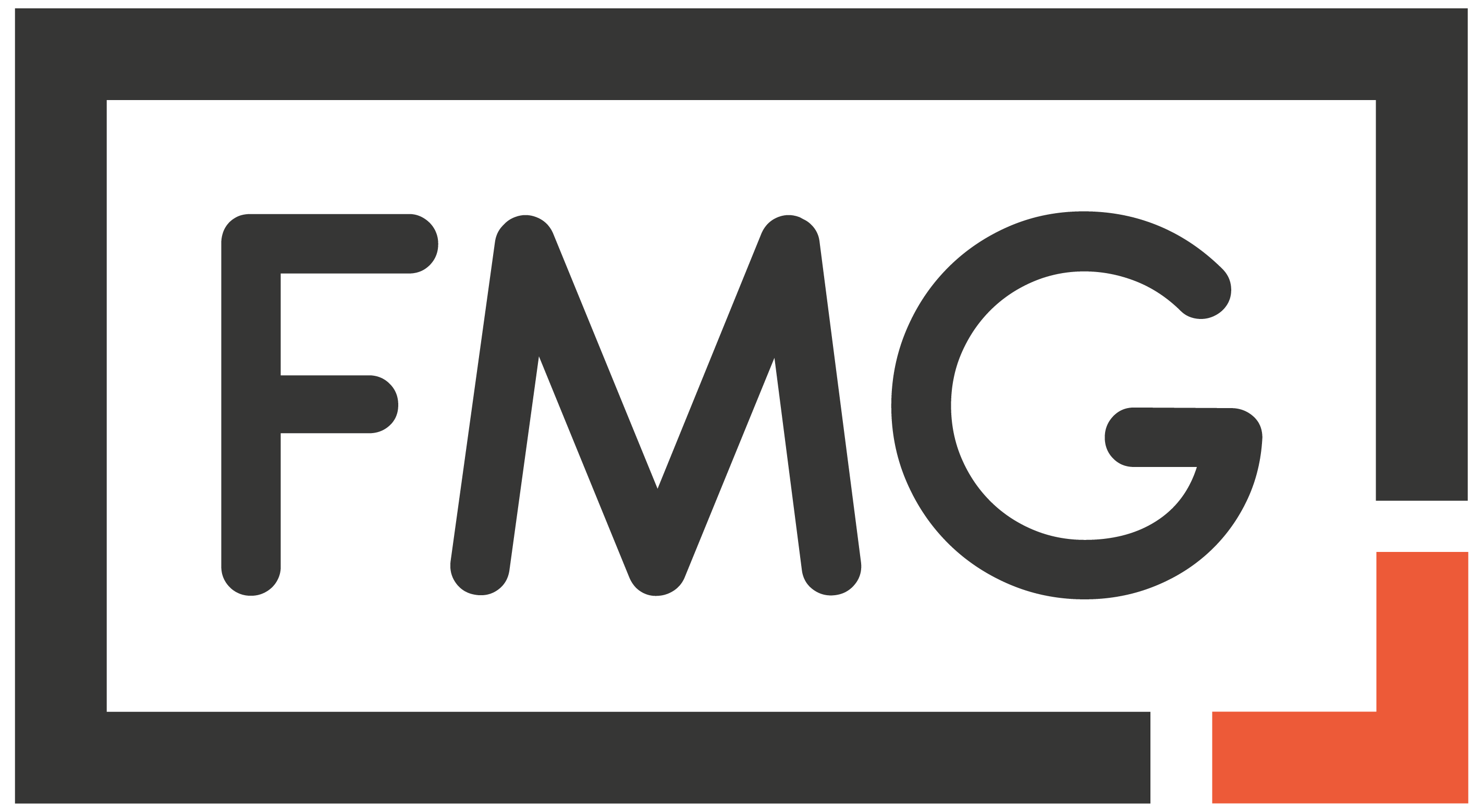Why You Need an Email List and 3 Email Marketing Providers to Check Out

Running a website isn’t easy.
There are a handful of terms and programs to learn that can seem like a never ending list of things to figure out. What’s a domain? Is SEO important? How do I come up with blog posts? With everything involved, running a website can be overwhelming. Not to make things more stressful, but if you’ve been working on your website and haven’t looked into an email marketing service then you’re making a big mistake! I made that same mistake when starting Follow My Gut because I felt as if I didn’t have the time to devote to learning one more aspect to this digital world. However, the minute I decided to research email marketing options and finally create my own newsletter I was able to have more control over my website and digital presence.
To help you choose the right service for you, I’m explaining the importance of having an email list and breaking down three popular email marketing providers.
An email list is a collection of email addresses of people who offered you their email so you can send your content to them. Whether you’re communicating a new blog post, products your selling, updates about life changes, or all of the above, having a newsletter through an email marketing platform allows you to talk to people who enjoy your content. The best part about your email list is no one can take it away from you. While you may have thousands of followers on Facebook or Instagram, you don’t own the interaction you have with them. Should Instagram crash – you can’t communicate with your followers. Should Facebook shut down completely – you lose all your interaction with others. But having your own newsletter with email addresses of people who voluntarily say, “I enjoy reading your work!” is yours and no one can take that away. Knowing that an email list lets you share what you do with others is important to your growing business and it absolutely matters.
Now that you know why you need an email marketing provider, the next step is deciding which platform to use. Most websites give you an email option allowing you to deliver posts and messages to your readers. Only drawback is they’re limited in their design and you can’t send messages whenever you please. Knowing that, the best thing to do is to sign up with a marketing provider so you can have complete freedom to reach your readers as you please. To better help you determine which provider is best for you, I’ve broken down three of the big guys! In no particular order: here’s Campaign Monitor, Constant Contact, and MailChimp.
Between Constant Contact and Mailchimp, Campaign Monitor falls in the middle. Campaign Manager offers three tiers: Basic ($9 per month for 2,500 emails with limited features), Unlimited ($29 per month for unlimited emails with additional features), and Premier ($149 for unlimited emails with advanced features). While the price ranges, the support doesn’t. Campaign Monitor offers support 24/7 with via email or telephone. Support aside, Campaign Monitor has the same drag and drop email builder that can be found in most providers which is helpful in making your newsletter. What makes them a great option is they focus on hyper segmented emails, Doing this makes Campaign Monitor an asset in assisting you to connect to your readers to provide them with content and messages that are best suited for them. What separates Campaign Monitor from some of the others is its analytics strategy. Having practical recommendations on how to improve your email outreach is useful as it can allow you to better target and connect to those on your email list.
What I love about Campaign Monitor is they have a handful of guides to help you along your email marketing journey. Whether you need help on how to build a campaign calendar or need help in understanding email metrics, Campaign Monitor has a series of guides to get you going.
Constant Contact is possibly one of the most popular email marketing providers. It has received so much popularity because of its functionality and customer support. There are many providers that only offer email support, but Constant Contact has both email and telephonic assistance. That’s important because if you’re struggling with an aspect of your emails you can call someone to help you when you need it. When it comes to Constant Contact, they offer two packages based on the size of your email list: Email ($20 per month for up to 500 subscribers) and Email Plus ($45 per month for up to 500 subscribers). With major differences between the two one is absolutely necessary for anyone trying to run a blog or business. The attribute that is a must have and is only available in Email Plus is the Automated Email Welcome Series. Having the option to greet a new subscriber is the best ‘hello’ any blogger or website owner can do.
While Constant Contact is easy to use and has a simple drag and drop functionality to create newsletters, it’s an expensive option. Some providers offer free communication until you reach a certain number of subscribers, but Constant Contact does not. Instead, there’s a 60-day free trial period with prices to follow. If price isn’t a concern then its simplicity along with customer support is an ideal choice to accompany your website.
Mailchimp is a great email option because it’s the most inexpensive provider of the three while being easy to use. Starting out, Mailchimp is free for your first 2,000 subscribers to send 12,000 emails per month. Once you are over 2,000 subscribers Mailchimp varies in price from $10 to $30 per month with unlimited emails. Mailchimp is a great option because the backend is aesthetically pleasing and it’s fairly self-explanatory to use. When you want to send an email (campaign) out to the people on your list, you can simply add and remove the images, content, and links as you please.
The negative aspect of Mailchimp is that if you need help with a technical issue there isn’t a chat or telephonic support. Instead you have to send an email and wait a few days for someone to respond. Knowing that, resourcing YouTube will be your next best bet. Additionally, Mailchimp has been black listed by Gmail. That said, if you have a Gmail email address on your list and they sign up for your newsletter, they will get a re-confirmation email to confirm they want to sign up. That doesn’t sound like that big of a deal, but the least amount of work you can make someone do, the better.
Regardless of which email marketing service you choose, the best thing you can do is to simply choose one. Start with an option that you like and that fits your needs and get your email subscription service started. I can’t say that learning the system and getting it up and running will be the easiest thing to do, but once you get over that hump it will make sense. Having an email list, designing it to match your brand, and communicating your work to your readers is exciting. Most of all, having a service that can help you do all of that will make running your website not only easier, but better.
Share this:
- Click to share on Facebook (Opens in new window)
- Click to share on Twitter (Opens in new window)
- Click to share on Tumblr (Opens in new window)
- Click to share on Pinterest (Opens in new window)
- Click to share on LinkedIn (Opens in new window)
- Click to email a link to a friend (Opens in new window)
- Click to print (Opens in new window)

Follow My Gut
Follow My Gut is a restaurant discovery blog created to help people find restaurants and indulge in food. There's great food in restaurants and those finds should be shared! If you feel the same way and want to join in new and forgotten discoveries, all you have to do is Follow My Gut by subscribing. You can also stay up to date on all food finds on Facebook and Instagram at @FollowMyGut!
Masters of Taste Returns to the Rose Bowl on Sunday April 7 March 30, 2019





